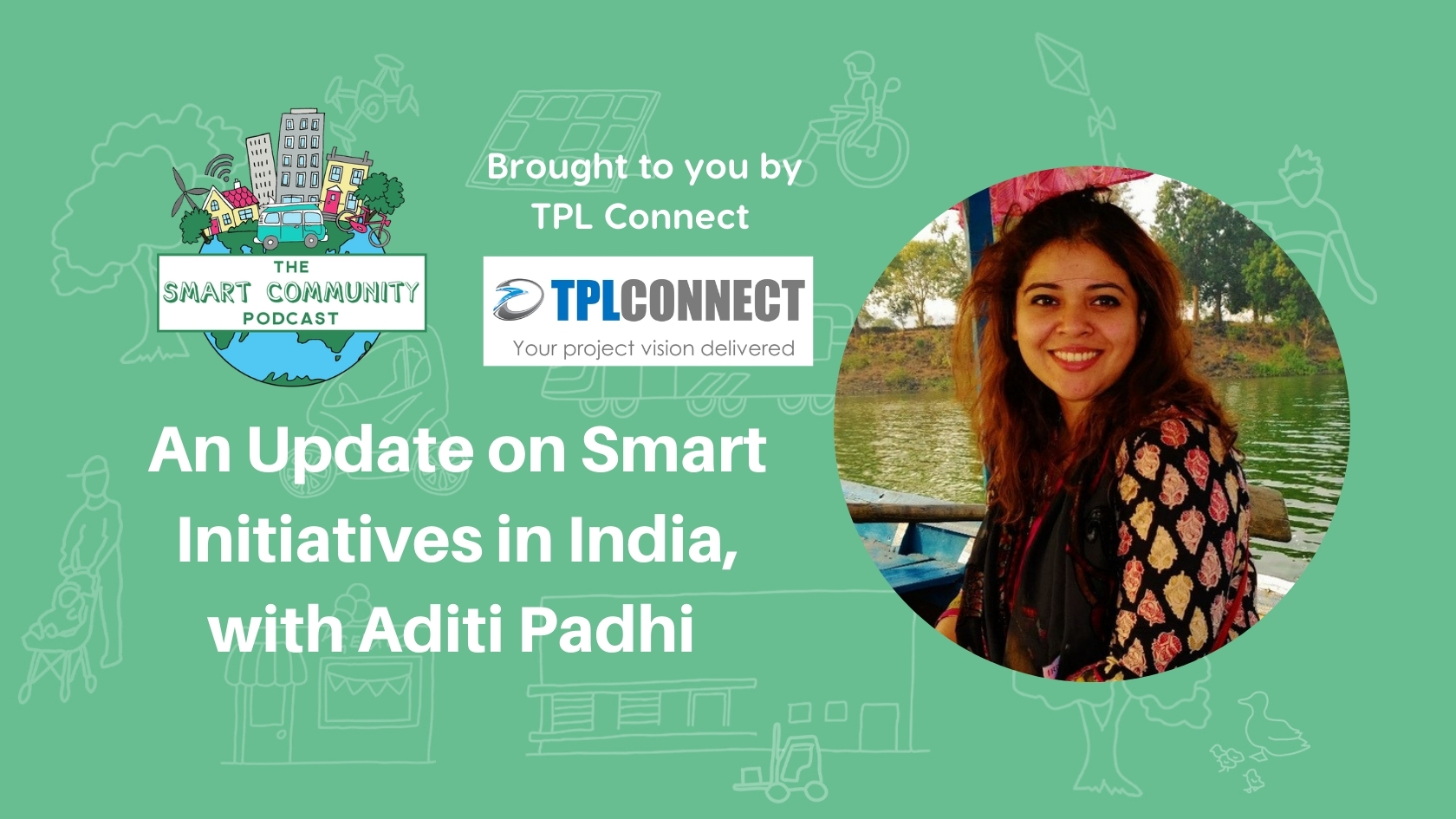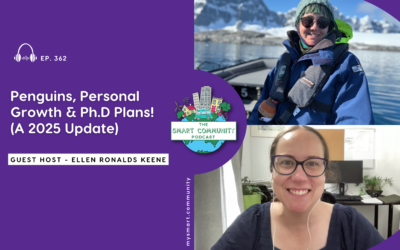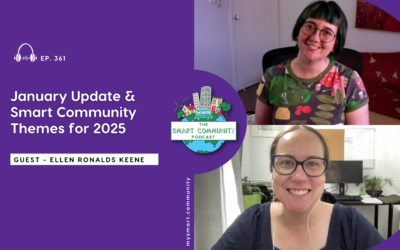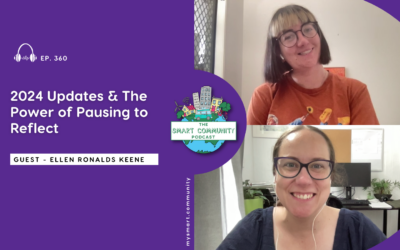In this episode of the Smart Community Podcast I have a great catch up chat with Aditi Padhi, Deputy Director – Planning for Yashi Consulting Services. You might remember I spoke with Aditi in July last year, in Episode 120. In this episode Aditi gives us a bit of an update on the projects she’s working on and how COVID has changed some of their plans. We discuss how COVID has affected Aditi and her work this year, and a bit about the lockdown and semi-lockdown situation in India this year. Aditi tells us about some of the challenges their team has faced in getting the data from different disciplines to match and talk to each other, as well as the differences in the scale of areas of interest of different disciplines. We talk about how COVID has exposed the delicate balance between interconnected and self-reliant cities, and the way we look at distribution of population in a more complex way. Aditi and I then discuss the emerging trends of engaged citizens and having feedback mechanisms so the community can correct incorrect city data, as well as the changing way people are choosing where to live based on lifestyle rather than employment. We finish our chat discussing the opportunity for bringing historical districts and legacy parts of cities into the 21st century. As always we hope you enjoyed listening to this episode as much as we enjoyed making it.
Listen here:
What we cover in this episode:
- Aditi’s background in design, architecture and business, plus her passion for community spaces
- A recap of the Indian Smart City project Aditi was working on, how COVID19 has paused it and what they’re changing about the plans
- The challenges they’ve faced in getting the data from different disciplines to match and talk to each other
- How the social fabric of India was exposed with natural disaster and COVID of 2020
- The importance socio-economic aspects that can sometimes get skipped in planning processes
- The differences in scales of area of interest and different disciplines working with the same data at a different scale
- Considering what kind of spaces we actually need and the changes to how commercial real estate operates (single use vs multi use spaces)
- The lockdown and semi-lockdown situation and how Aditi is working
- The balance between interconnectedness and self-reliance of Smart Cities, and how COVID makes us look at distribution of population in a more complex way
- The emerging trends of engaged citizens and having feedback mechanisms so the community can correct incorrect city data
- The planning, policy, legislation and tax impacts of working from home and the trend in the change of the way people live and choose where they live based on lifestyle rather than employment
- The opportunity for bringing historical districts and legacy parts of cities into the 21st century
Quotes:
“It’s the chicken and the egg. Do we educate the users? Do we educate the public? Do we teach government departments? Or do we invoke common sense and [know] it’s more efficient to get everything together.”
“There are some things you can only work from a perspective of contingency, rather than more lofty ideas of [mitigating] everything. I think sometimes you just need to come from a standpoint of contingency and I think that was also a very important lesson [in 2020]. That maybe a lot of the social infrastructure of people who are stuck in places, e.g. migrant workers had to walk for weeks to be able to get back home because when transit nationwide stops, you can’t get anything done and your whole world collapses.”
“The social-economic aspect is something we [sometimes] skip as planners. We do it demographically, we do it in terms of employment, we do it in terms of numbers, it would be very clinical.”
“When I put it all together on my dashboard, I realised that if people are looking at the same data but from a different scale, they’ll have a different understanding of it. And it’s not easy to reconcile this.”
“The most interesting aspect of lockdown was that you realise how self-reliant [cities] really need to be. It’s a [balance between] a codependency between cities and municipalities and a reasonable amount of self-reliance, so when they started quarantining certain areas…you start realising why did we not plan for the cities to be a little more self-reliant?”
“Why didn’t they have a plan B [during lockdown] for the workforce, particularly service-oriented workforce? What happens if you suddenly closed down entire portions of a Smart City and your entire medical staff is concentrated there?”
“I’ve seen a change in development of housing. Initially, the way we’ve been doing things for the last several decades is you live around where you work and you work around where you live. But there are a lot of people who are now opting to work a certain amount from home and communities are coming around lifestyle.”
“That is an emerging thing that can only happen when you acknowledge the fact that people want to make these choices for themselves. They don’t want to be restricted to the choices of what is given right now.”
Links:
SCP E120 Smart Initiatives and Using Resources in India, with Aditi Padhi
Connect:
Find the full show notes at: www.mysmart.community
Connect with Aditi via LinkedIn or aditipadhi@gmail.com
Connect with me via email: hello@mysmart.community
Connect with My Smart Community via LinkedIn or Twitter and watch on YouTube
The Smart Community Podcast is produced by Perk Digital.






0 Comments